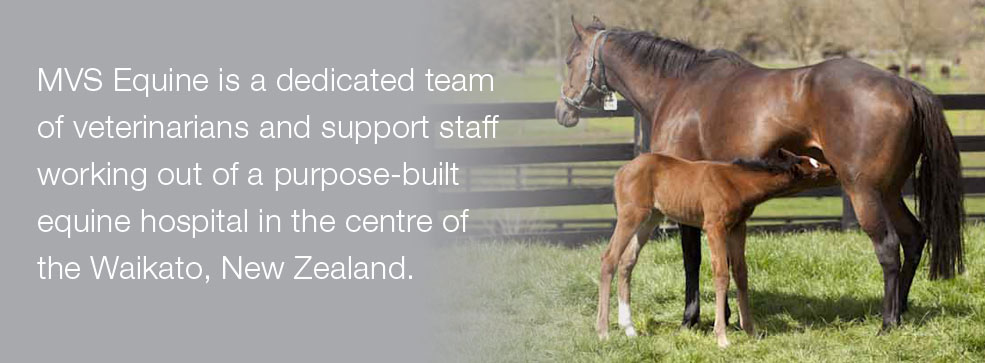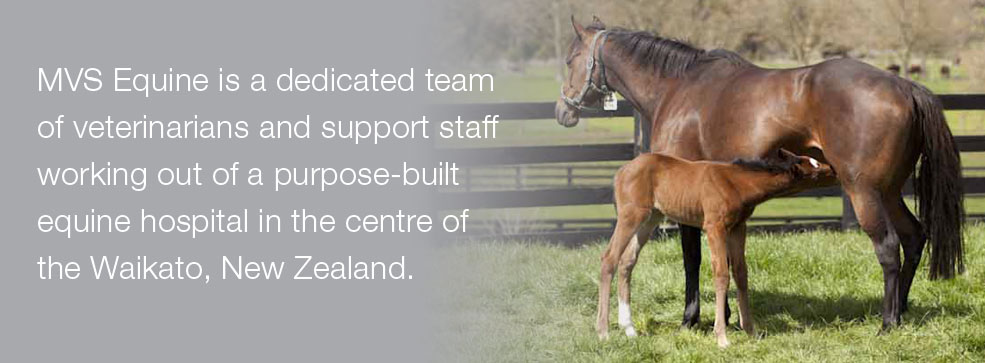May 16, 2018
Hip Dysplasia (HD) is considered to be the most common heritable orthopaedic disease of dogs, affecting to variable degrees virtually every breed. HD results in a significantly higher risk of the dog developing Degenerative Joint Disease (DJD). It is this DJD that then causes pain, loss of mobility and quality of life.
Why use the PennHIP method to score for Hip Dysplasia?
Many breeders, vets and organisations have shown a commitment to eliminating HD by adhering to historic Hip Dysplasia Schemes run by the New Zealand Veterinary Association and the Australian Veterinary Association. These schemes score hip radiographs to identify individual dogs with “good” hips that can then be used as breeding stock.
These schemes have successfully reduced the severity of HD. However an ideal scheme would also result in faster reduction in the frequency of HD.
A scientific paper published by Andrew worth of Massey University in 2011 concluded that in dogs presented for assessment by the NZVA Hip Dysplasia Scheme between 1990 and 2008 there had been no significant improvement in the hips of Labrador Retrievers, Golden Retrievers and Rottweilers and only a small improvement in German Shepherds.
There is a growing wealth of scientific evidence showing PennHIP to be a superior tool in the reduction of Hip Dysplasia in dogs. This evidence has resulted in the decision by the NZVA and the NZKC (now Dogs NZ) to no longer offer their traditional scheme from January 2014.
What is the PennHIP method?
PennHIP uses a different method to assess for HD and the potential of a dog to develop DJD. This radiographic technique measures the actual laxity of hip joints by x-raying the joints while they are distracted. This does not cause any pain or excessive strain on the hip joint. The radiographs are then sent electronically to the United States for assessment. Loose hips have a high risk of DJD, while tight hips have a low risk of DJD.
PennHIP has been extensively researched and has been shown to provide faster genetic gain than historic HD assessment schemes. This means selection based on the PennHIP method will result in more rapid progress in reducing the incidence and severity of HD.
PennHIP scores are highly repeatable at different ages. PennHIP Scores have an 80% repeatability between 4 months and one year of age and 93% between one year and 2 years of age. This means that potential breeding stock can be screened for HD from 4 months of age.
Veterinarians must be specially trained and pass examinations in order to use the PennHip method of assessing hips.
Radiographic equipment and techniques must be of a very high standard to accurately assess dogs for HD. This is especially important in the large breeds which are technically more difficult. To enable us to achieve the highest quality radiographs possible we have a high output x-ray unit which optimizes the quality of radiographs in large dogs. We also have a digital processing system which allows us to send the digital images to the US quickly and get results within a week.
For more information on the PennHIP technique CLICK HERE
Testing Requirements:
- The PennHIP technique can be used from 4 months of age
- Other scoring systems may be undertaken at the same time, such as x-rays for Elbow dysplasia where the dog needs to be over a year old, so please take this into consideration when planning
- Your dog must be microchipped
- All registration paperwork must be presented if applicable
- Your dog must have been fasted for 8 hours prior to the general anaesthetic
- Your dog will be required to stay with us for a minimum of 2-3 hours
- You can opt not to have hair clipped on the leg if your dog is in the show ring
- Results for PennHIP will be available within a week of the radiographs being taken.
For bookings or further questions please don’t hesitate to contact us on 07 888 8197




